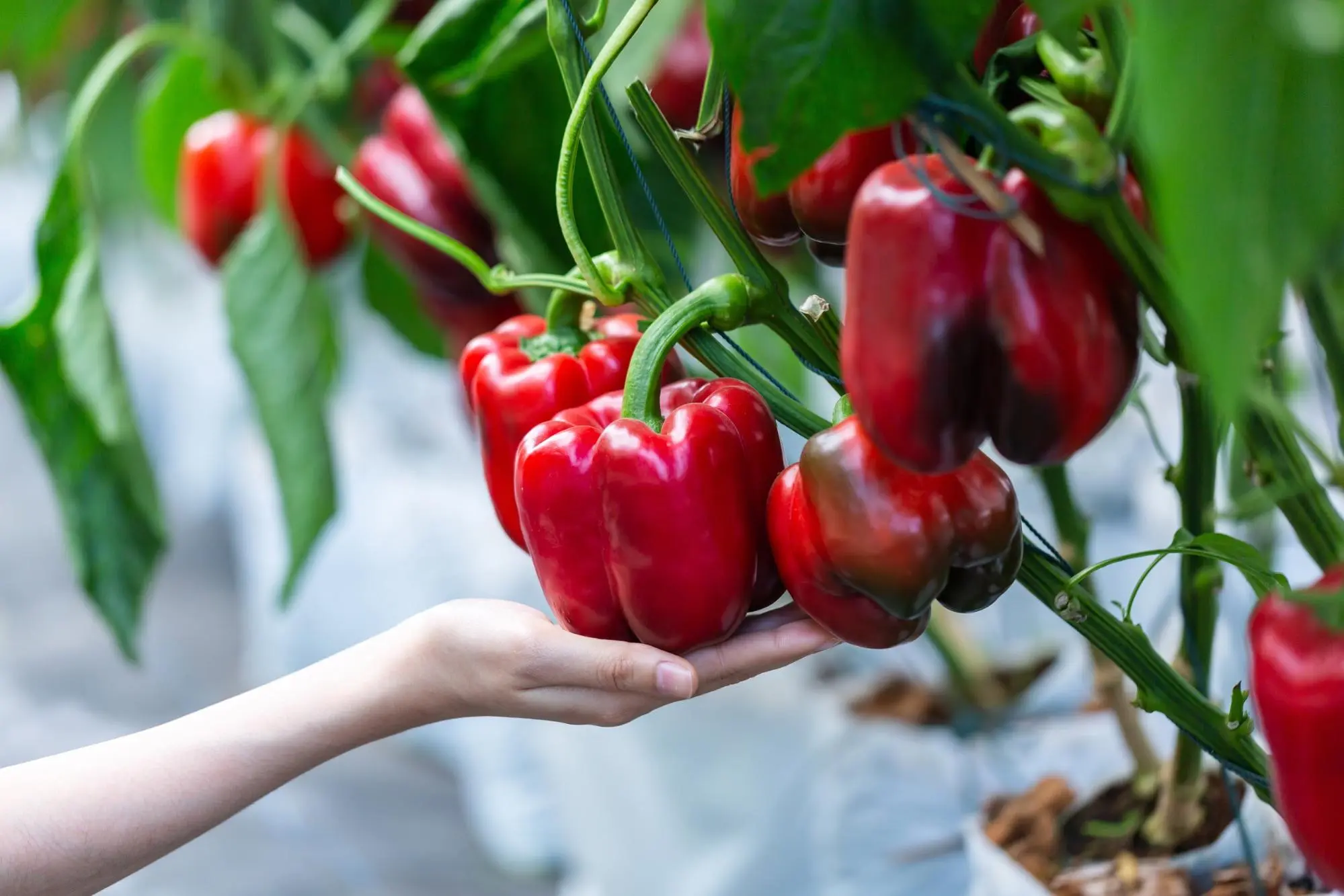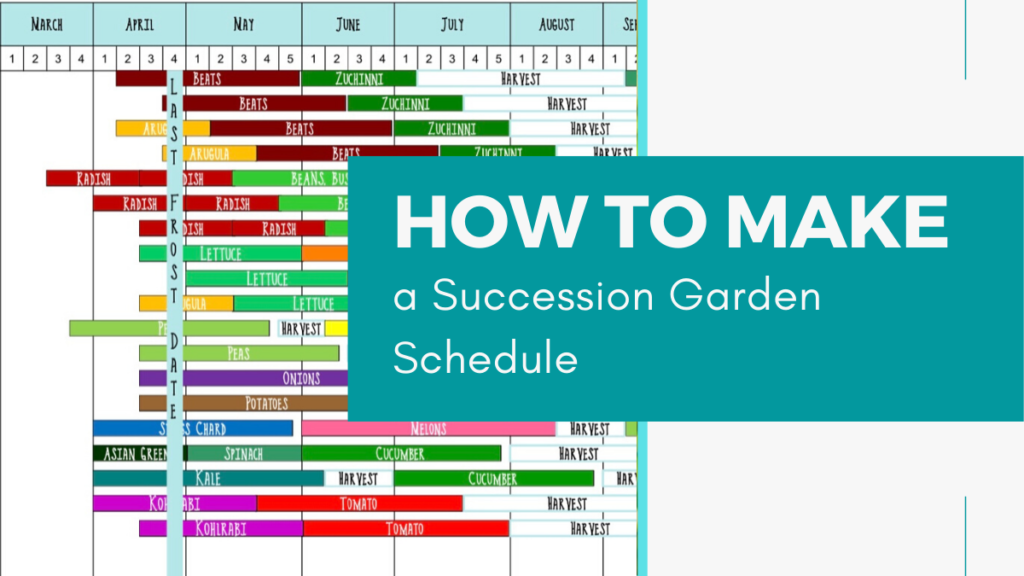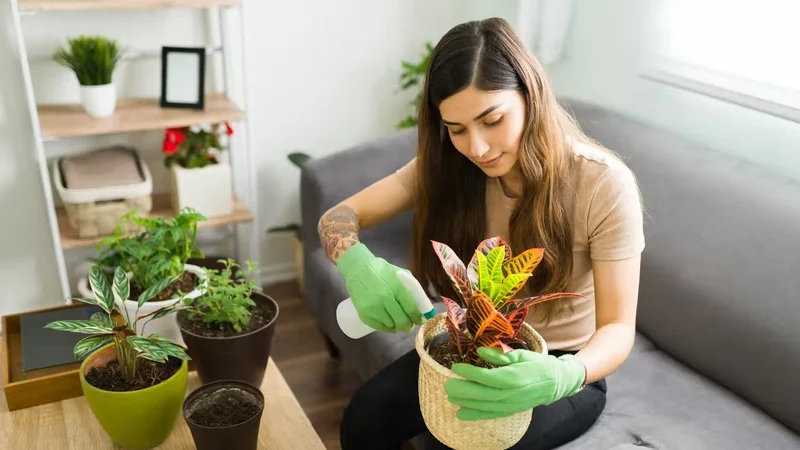
Gardening can be rewarding, but achieving maximum yield requires strategic planning. A paper plan is one of the simplest yet most effective tools in a gardener’s arsenal.
This low-tech solution can help you organize your garden, optimize space, and plant the right crops at the right time. Here’s how to use a paper plan to make your gardening efforts more efficient and fruitful.
Why Use a Paper Plan?

- Visual Organization: A paper plan allows you to visualize your garden layout, making it easier to plan where each plant will go. This helps avoid overcrowding and ensures each plant has enough space to grow.
- Crop Rotation: Planning on paper helps you track what you planted where in previous seasons. This is crucial for crop rotation, preventing soil depletion, and reducing pest and disease problems.
- Succession Planting: You can map out succession planting schedules with a paper plan. This means you can plant new crops as soon as others are harvested, maximizing your garden’s productivity throughout the growing season.
- Companion Planting: Certain plants grow better together. A paper plan helps you arrange your garden to take advantage of these beneficial relationships, leading to healthier plants and higher yields.
Steps to Create Your Paper Plan

- Measure Your Garden Space: Start by measuring the dimensions of your garden. Draw a scaled-down version of your garden on graph paper, marking out the boundaries and any fixed features like trees, fences, or walkways.
- Research Plant Needs: Make a list of the plants you want to grow and research their spacing, sunlight, and soil requirements. This information will guide where each plant should be placed.
- Sketch Your Layout: Begin sketching your garden layout on the paper. Start with larger plants or structures like trellises and then fill in with smaller plants. Ensure you leave enough space between rows for walking and maintenance.
- Plan for Seasons: Use different sheets of paper or sections of your plan to represent different seasons. Plan what you will plant in each season and where keeping in mind crop rotation and succession planting.
- Note Special Requirements: Make notes on your plan about any special care instructions, such as plants that need extra watering or specific fertilizers. This will help you stay organized and ensure all plants get the care they need.
Tips for Maximizing Yield

- Use Raised Beds: Raised beds can improve drainage, reduce soil compaction, and increase yield. Incorporate them into your paper plan if space allows.
- Mulch and Compost: Plan to add mulch and compost to your garden. These materials can improve soil health, retain moisture, and suppress weeds, leading to better plant growth and higher yields.
- Implement Vertical Gardening: For small spaces, consider vertical gardening techniques. Use trellises, hanging baskets, and vertical planters in your plan to make the most of the limited space.
- Choose High-Yield Varieties: Research and choose plant varieties known for high yields. Include these in your plan to get the most produce from your garden.
- Regularly Update Your Plan: Your paper plan should be a living document. Update it regularly based on what works and what doesn’t. Keep notes on crop performance and make adjustments as needed.
A paper plan is a powerful tool for any gardener looking to maximize their garden’s yield. By visualizing your garden layout, planning for crop rotation and succession planting, and keeping detailed notes, you can create a productive and beautiful garden. Start sketching your paper plan today, and enjoy the fruits of your labor in no time.
By integrating these strategies, you’ll not only enhance your gardening efficiency but also enjoy a more bountiful harvest. Happy gardening!
By integrating these strategies, you’ll not only enhance your gardening efficiency but also enjoy a more bountiful harvest.








